With the way coffee is marketed these days, you’d think every cup of java is either a flat white, macchiato, cold brew – or if you’re a real aficionado, a V60-made, acid-free paper-filtered pour over. But long before third wave coffee was even a trend, Southeast Asian coffee drinkers had already been enjoying their caffeinated beverages in exciting and interesting ways. Here in Southeast Asia (where coffea arabica was first planted over four centuries ago) your morning dose of caffeine might not look the way you expect.
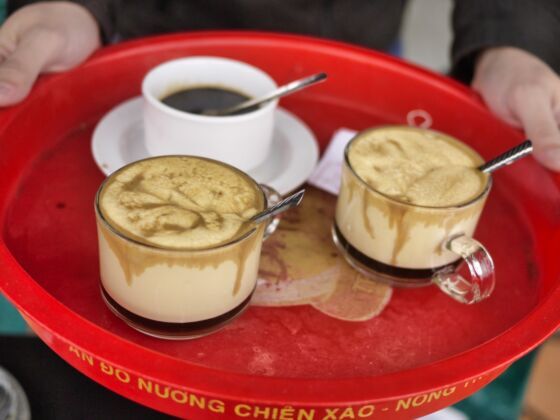

You Don't Know Southeast Asian Coffee Until You've Tried These 5 Regional Styles
There’s a delightfully diverse menu of traditional Southeast Asian coffee drinks in this region, and it would be a treat for the culturally curious to sample them all. Needless to say, you won’t find these at a neighborhood espresso bar. Instead, head for the old school cafes — the ones with the weathered walls, the worn-out tables and the same smiling proprietors who have been serving loyal customers for ages. It’s places like these where the homegrown coffee culture runs deep, and where the steaming brews are every bit as storied as they are delicious. Here are five must-try Southeast Asian coffee concoctions, and where to try each one:
Indonesia: Kopi joss
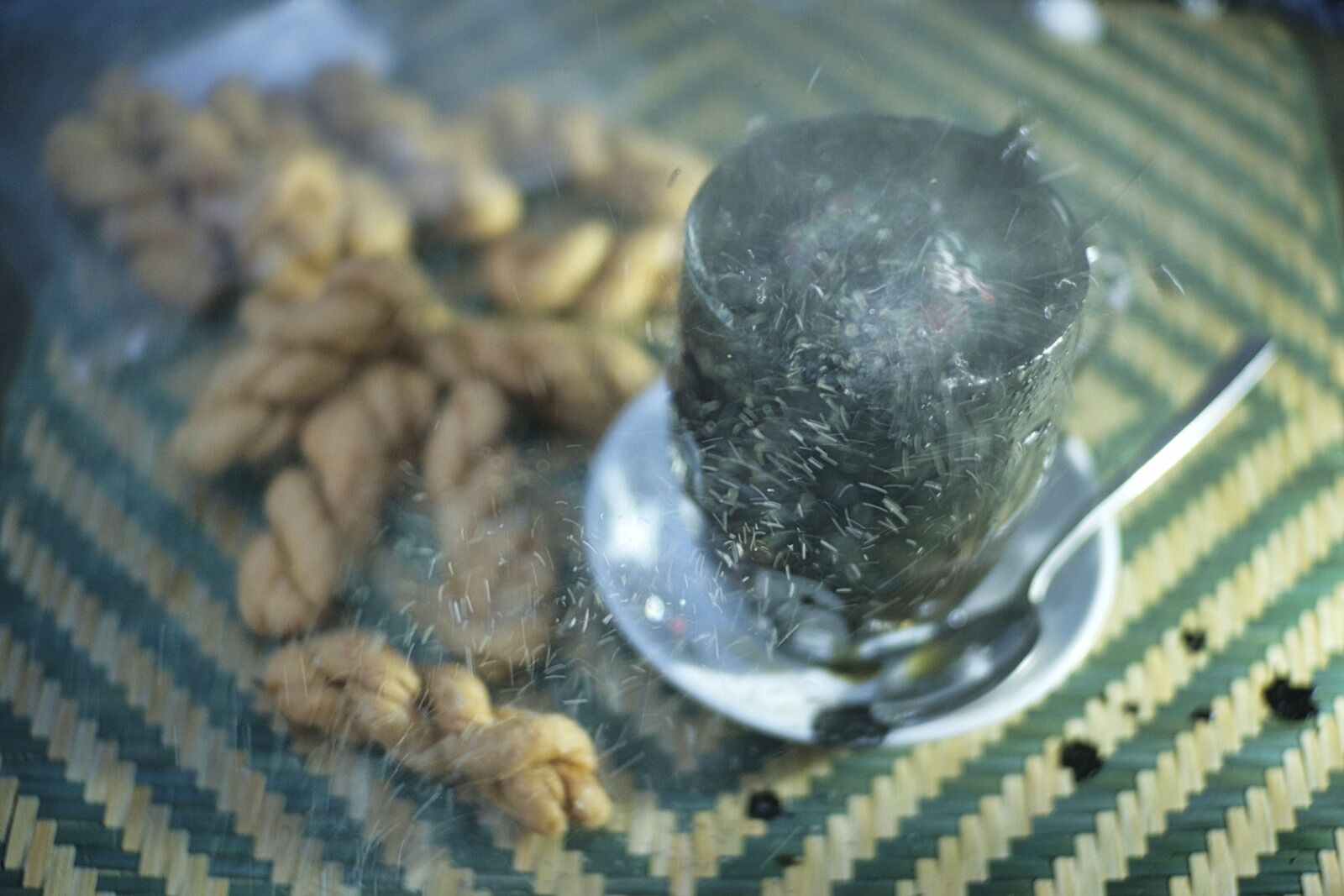
Photo: Courtesy of Lester Ledesma
Don’t be afraid of the hissing, bubbling cup of dark-roasted java you might encounter in Jogjakarta, Indonesia called kopi joss – it’s caused by a large glowing hunk of charcoal that’s dropped into the liquid. That’s just how the house specialty is served at some roadside coffee stalls in this city on Java’s southern coast.
According to local legend, kopi joss was invented in the 1960s, when a coffee vendor needed to quickly heat up his brew. No doubt because of the visual spectacle involved in its preparation, the drink quickly caught on. Kopi joss (the pronunciation of the second word mimics the hissing sound made by the charcoal) has since become a must-try drink for visitors to the city. Local fans also say that the charcoal helps cure indigestion and improves the flavor — and indeed, it adds a smoky caramel note and a thicker texture to the brew.
Where to try it: Streetside cafes around the Jogjakarta train station.
Singapore: Kopi gu you
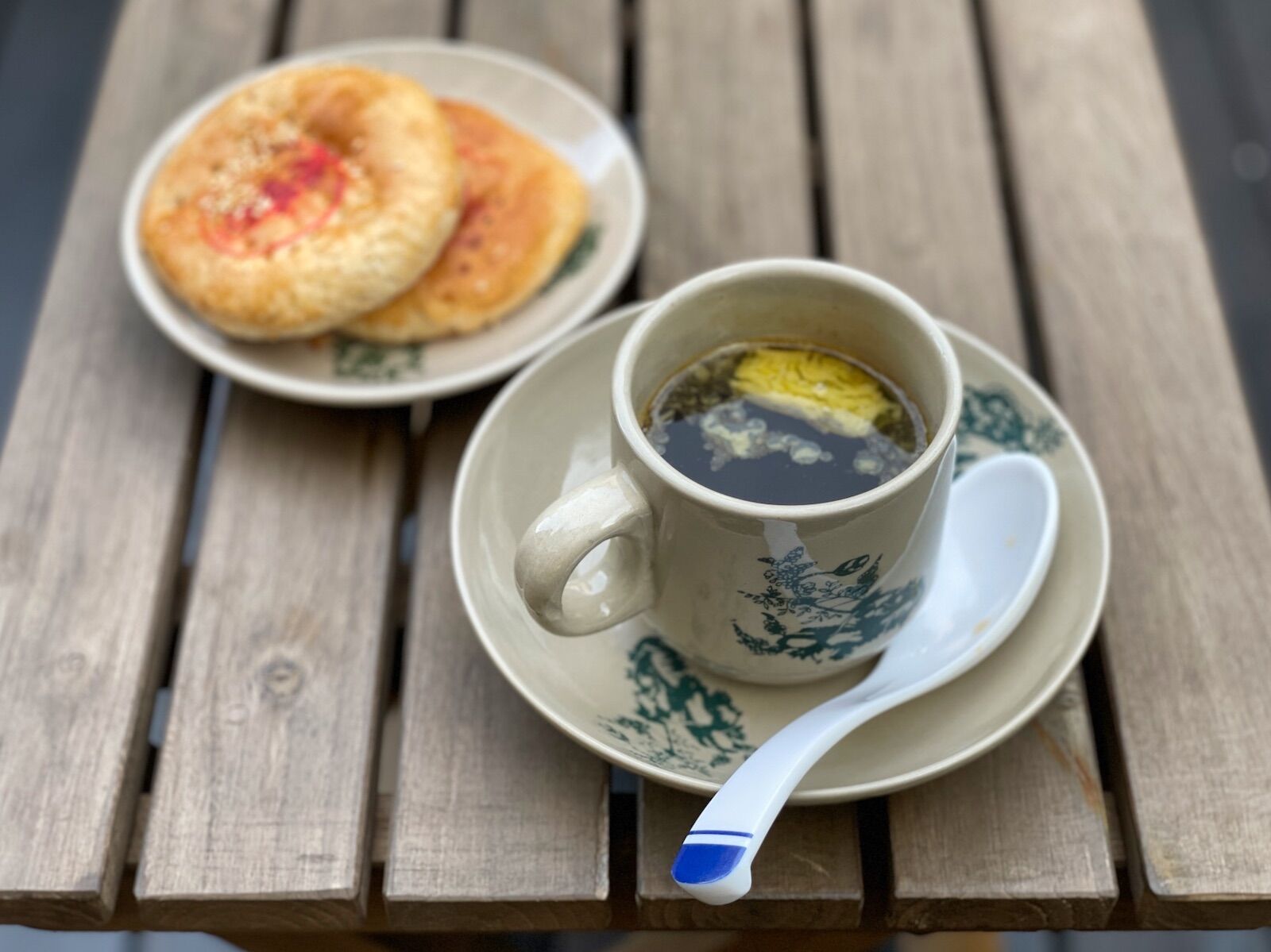
Photo: Courtesy of Lester Ledesma
Bulletproof coffee isn’t a new idea. Back in 1930s Singapore, mixing butter with your coffee was already common. This drink was called kopi gu you, or “coffee and butter” in the Hokkien Chinese language. The reason for adding butter is health-related: Many Chinese people believe coffee heats up the body, and the presence of butter – a cooling element – serves to balance out the effects of the brew on one’s internal energy.
There’s also a showy angle to drinking kopi gu you: butter in the old days was an expensive commodity, so ordering this at the kopitiam (the local term for coffee store) was a sign that yes, this customer had extra money to spare. The brew tastes surprisingly smooth, with the salted butter providing a nice complement to the coffee’s bittersweet notes.
Where to try it: Heap Seng Leong Kopitiam, 10 North Bridge Rd, #01-5109, Singapore 190010
Malaysia: White coffee
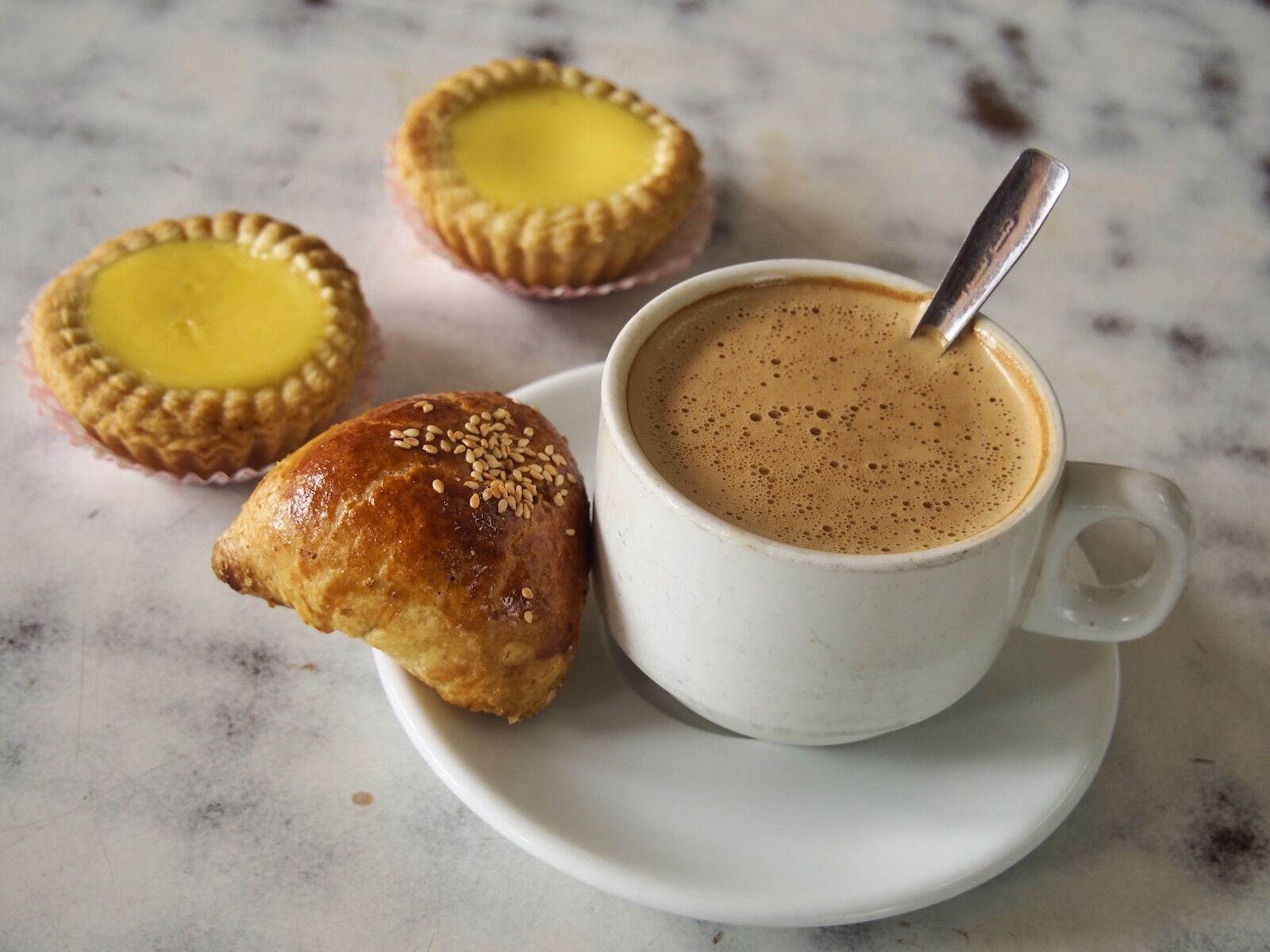
Photo: Courtesy of Lester Ledesma
Ipoh is a celebrated food haven, with many classic Malaysian dishes originating from this northern town. However, it’s the way that people from Ipoh make their coffee that has truly captured this country’s heart.
White coffee fits its name perfectly: It’s a sweet, light-colored drink that contrasts sharply with the usual black coffee. This concoction first appeared in the early 1900’s, as a way for local businessmen to share a cuppa with their western counterparts. Western-style brews were too bitter and acidic for the native palate, so Ipoh coffee houses remade the drink to fit the tastes of the locals.
The coffee beans are roasted with ingredients that include palm oil, margarine and sugar. These are ground and brewed on a coffee sock, then mixed with condensed milk and evaporated milk. Afterwards the steaming liquid is poured from high up to produce its signature frothy top.
Ipoh white coffee is now so popular that it inspired its own category of copycat instant coffee brands. But of course, nothing beats the real thing. Kedai Kopi Nam Heong in particular, does a great job of balancing the milky sweet and freshly brewed coffee flavours.
Where to try it: Kedai Kopi Nam Heong, 2 Jalan Bandar Timah, 30000 Ipoh, Perak, Malaysia
Vietnam: Caphe trung
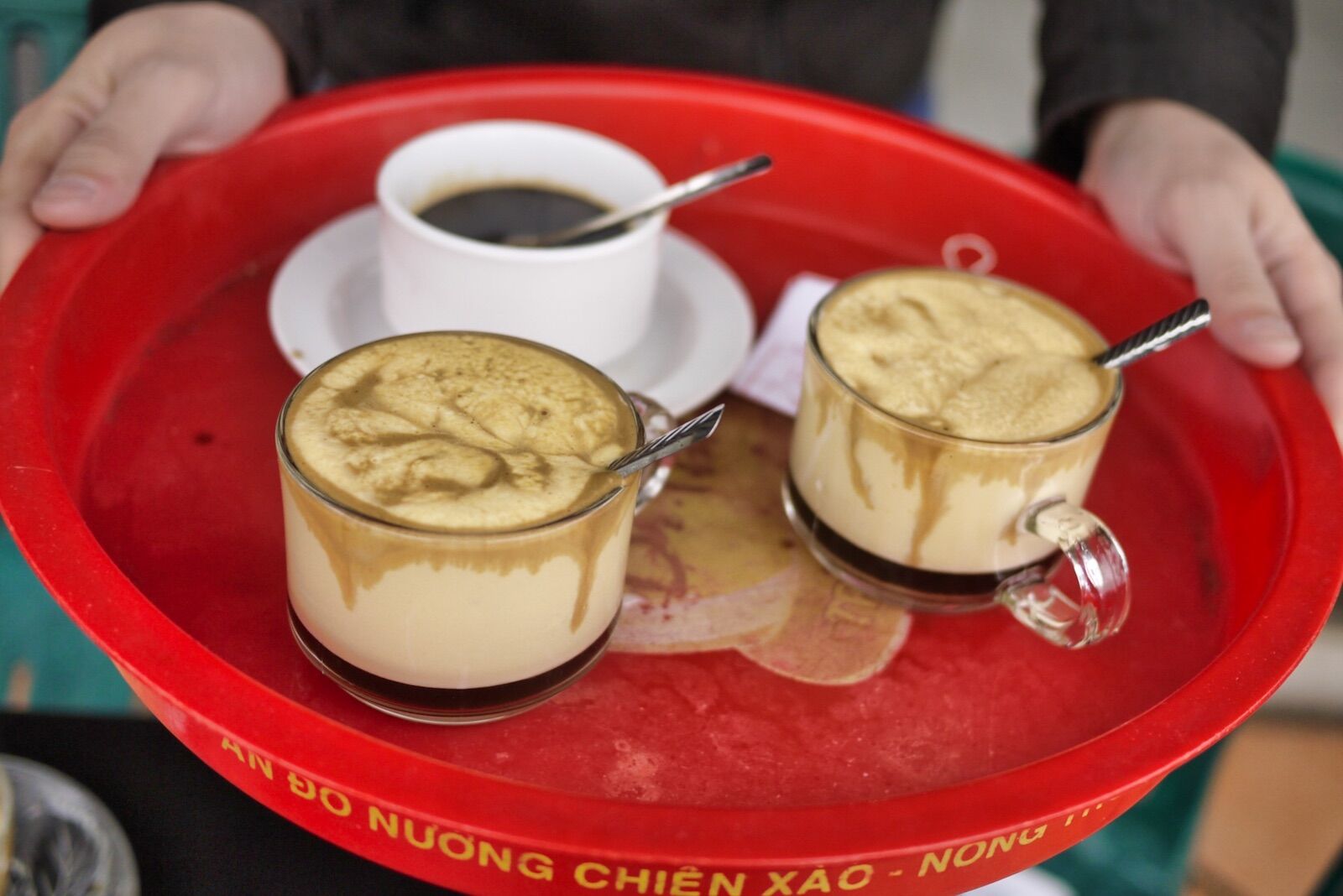
Photo: Courtesy of Lester Ledesma
Perhaps one of the most well-known Southeast Asian coffee drinks, caphe trung may look like a cappuccino but it’s not. In fact, the Vietnamese would say that caphe trung makes for a better after-meal treat than its Italian lookalike.
Caphe trung was created in the aftermath of World War II, when a shortage of basic commodities left Hanoi’s coffeehouses without milk. A bartender named Giang at the Metropole Hotel thought of using eggs as a substitute. He mixed the yolks with sugar and beat them until they turned into a thick, airy foam. He topped coffee laced with condensed milk with the foam, creating a delectable caffeinated dessert beverage.
To this day it remains an exclusively Hanoian recipe, with just a handful of coffeehouses offering it on their menus. Cafe Giang was started by a son of the bartender who allegedly invented the drink, and is still the go-to place for this coffee concoction.
Where to try it: Cafe Giang, 39 Nguyễn Hữu Huân, Lý Thái Tổ, Hoàn Kiếm, Hà Nội, Vietnam
Thailand: Cafe bolan
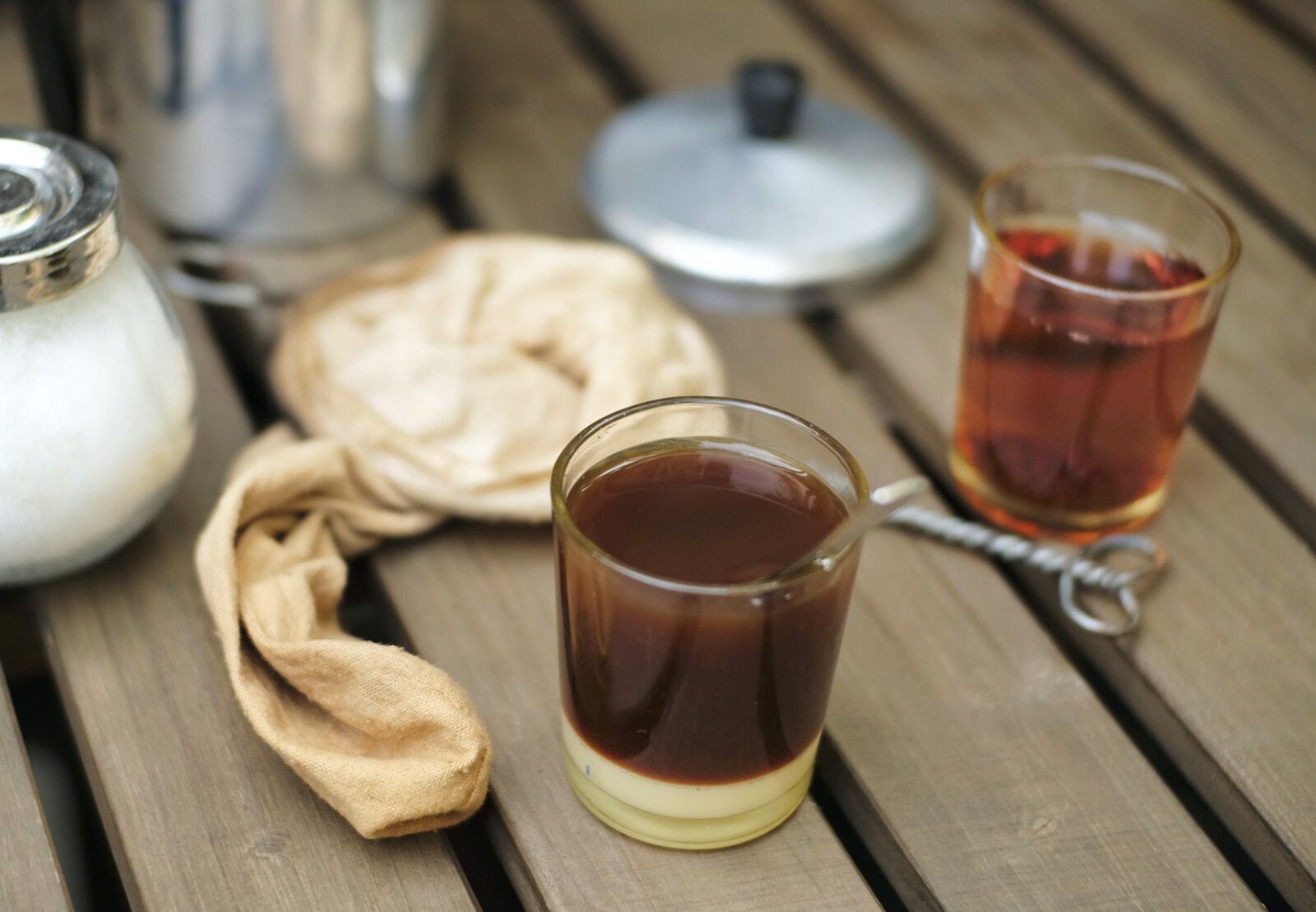
Photo: Courtesy of Lester Ledesma
This coffee drink is prepared using the distinctive tungthom sock filter hanging from its vending cart. Dark brown, somewhat syrupy in texture and oh-so-sweet with the layer of condensed milk lining the bottom of the cup, cafe bolan is the perfect caffeine pick-me-up while exploring the streets of Thailand.
This drink is served by countless hawkers at markets and busy thoroughfares throughout the country. Cafe bolan translates to “old-style coffee”, and is made from beans roasted with recipes that sometimes include sugar, cocoa or even soya. The ground coffee mixture is sock-brewed and served alongside a glass of tea, both of which you drink on the spot, standing amidst the hustle and bustle of everyday Thai life. You can also sample cafe bolan at the small coffeehouses in the older parts of town. In Bangkok, check out Eiah Sae and Ek Teng Phu Ki, located within meters of each other in Chinatown’s Phat Sai Road.
Where to try it: Eiah Sae, 111 Phat Sai, Samphanthawong, Bangkok 10100, Thailand